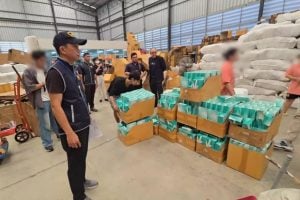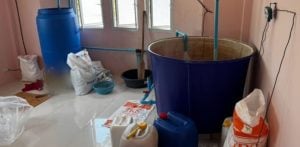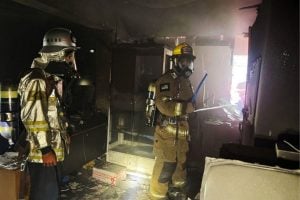Steel samples fail tests after building collapse in Thailand

The investigation into the collapsed State Audit Office building revealed that two steel samples did not meet the required standards, leading to discrepancies in other measurements.
Thitiphats Chotidechachainan, head of the working group, yesterday, March 31, announced that the examination of steel samples from the collapsed building identified two non-compliant samples.
The first was a 32-millimetre deformed bar from one of three companies sampled, which failed to meet the standard requirements for yield strength. The second was a 20-millimetre deformed bar with a mass per metre below standard, known as light mass steel.
Both samples originated from the same company, which had previously been ordered to cease production by the Thai Industrial Standards Institute in December.
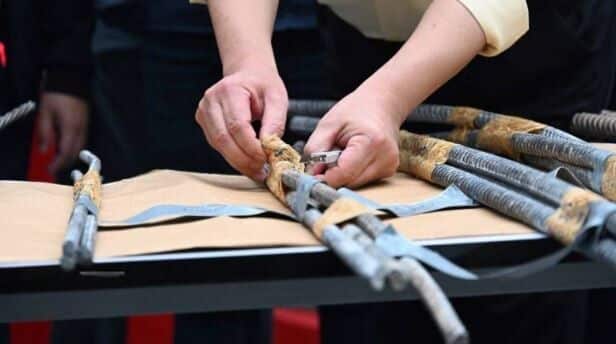
It is believed that the steel from this factory was used in the construction of the State Audit Office building before the quality checks led to the factory’s closure. However, the current steel sample tests are insufficient to confirm if the steel caused the building’s collapse.
The Thai Industrial Standards Institute plans to collect additional samples from the site, pending access granted by officials and considering ongoing rescue operations.
Further investigations will determine if any illicit steel production or transportation occurred, resulting in strict measures if any violations are found. The previous case regarding the factory’s closure is under review by a committee, including a prosecutor.
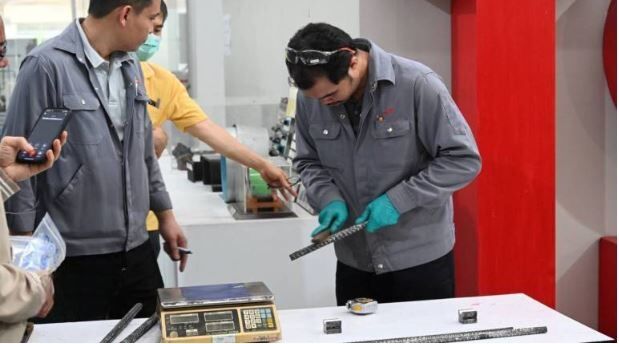
Kritphat Phuworaworn, a board member of the Engineering Institute of Thailand under Royal Patronage, explained that both problematic samples, the 32-millimetre and 20-millimetre deformed bars, are typically used as primary structural components. The 32-millimetre bar is often used for constructing building foundations.
When the yield strength does not meet standards, it increases the risk to the building’s structure. For instance, if the steel can support 50 kilogrammes but is subjected to 60kg, failure is possible, increasing the risk to the entire structure.
The 20-millimetre bar is used for smaller bases or columns, and the sample showed a weight below standard, affecting the size and cross-section. Using undersized steel can lead to calculation errors and structural risks.
Steel is crucial in a building’s foundation but is not the sole factor in potential collapses. Other factors include construction planning, design, concrete quality, and additional elements.
Therefore, testing concrete samples is equally important. It is anticipated that the Thai Industrial Standards Institute will collect more samples for further analysis, reported KhaoSod.
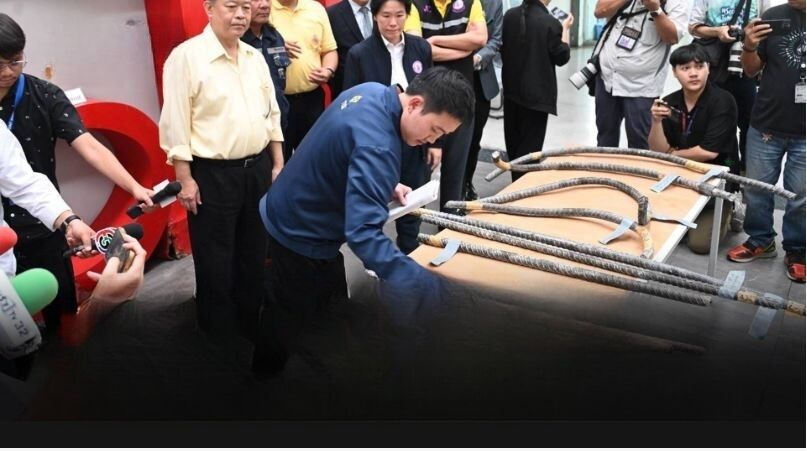
Ekniti Romyanon, Inspector General of the Ministry of Industry, noted that collecting steel samples from the State Audit Office building faced challenges due to rescue efforts and obtaining site access.
Negotiations with the office were lengthy, and identifying the problematic company remains cautious to avoid complicating future operations. Nevertheless, the Ministry of Industry is committed to thoroughly investigating the matter to uncover the facts.
Latest Thailand News
Follow The Thaiger on Google News:



